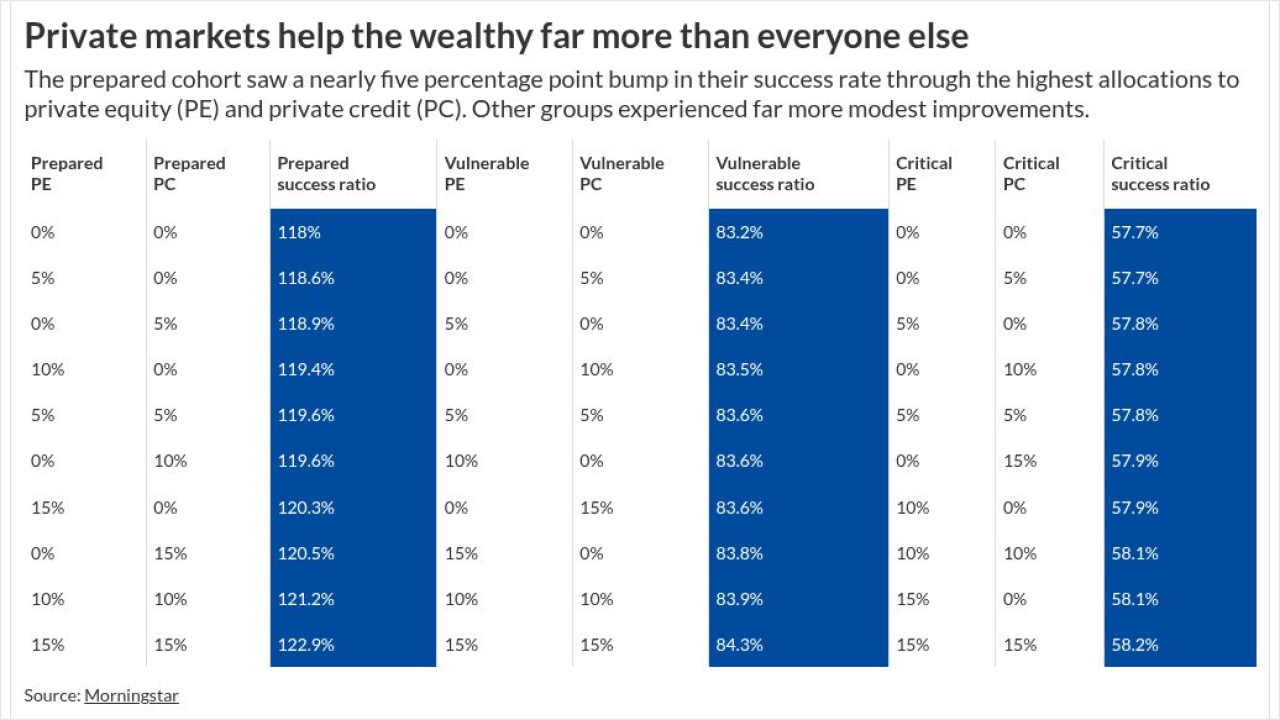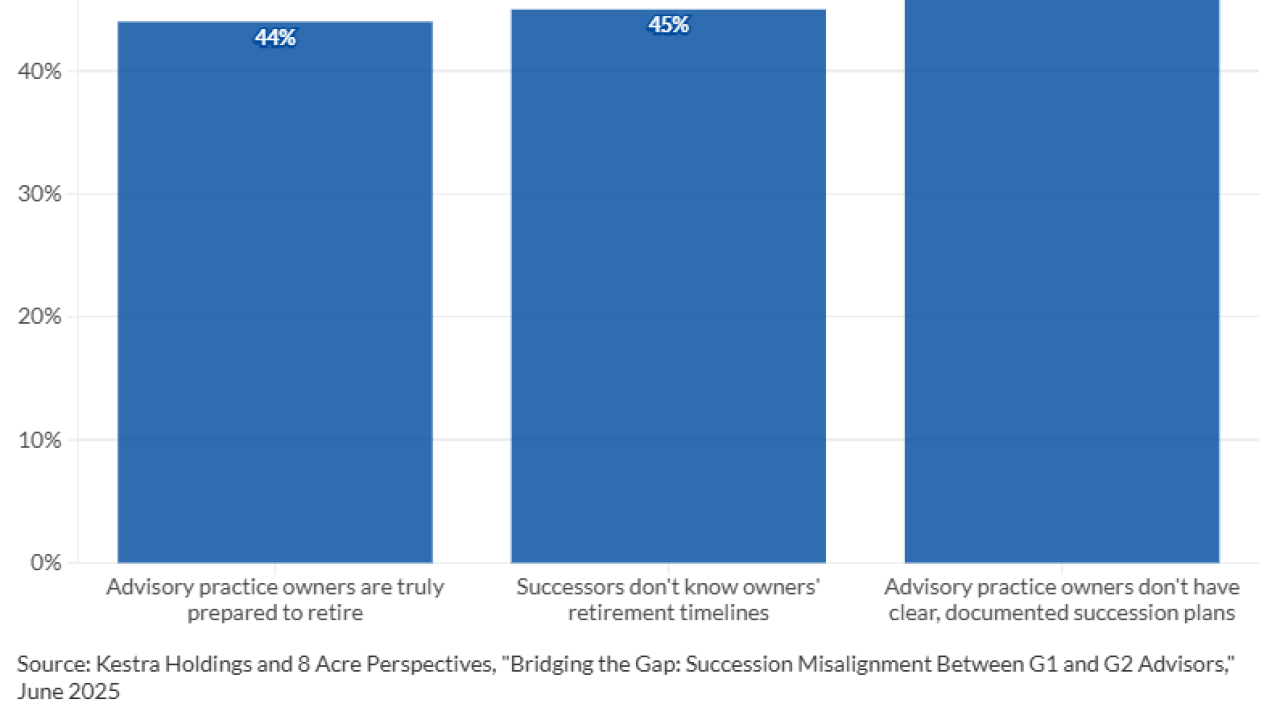In the past few years, I’ve noticed that it’s become more common for older advisors to gradually spend fewer hours at the office, instead of setting a specific date for their retirement. While that may seem like a graceful way to ease out of the business, it’s actually not the best approach, in my view.
Advisors planning to retire should formulate a clear succession plan for their firms, as this does much more than provide direction for junior partners and associates; a strong succession plan protects your clients and helps grow your business. And from a more personal point of view, it provides a step-by-step guide to retirement by helping you map the stages of your transition.
At my firm, we encourage advisors as early as 10 years before retirement to begin thinking about what they should do to ensure a smooth transition for their successors and to give their clients peace of mind. This succession planning process should include three main steps:
Step 1: Know the value of your firm.
It’s important for your practice to be evaluated by a properly credentialed, independent third party that will provide you with a written valuation and supporting documentation. This gives you a baseline understanding of your practice and its market value, and provides valuable insight that will help you grow your business.
Step 2: Develop a continuity plan.
A continuity plan that outlines how your business will respond to and recover from an emergency is a key part of any succession plan. While this is especially important for a sole practitioner, every firm should have a continuity plan in place to protect the owner’s practice and family.
In the event of an emergency, your plan should specify who will step in to assume control, take over your relationships and compensate your spouse or heirs. A good plan is specific and focuses on how to protect your staff, your physical space and your technology. I recommend including a Business Interruption of Service Plan that defines specific steps to follow if your facilities are damaged or there is an extended power disruption. Cybersecurity planning is also an increasingly important consideration for advisors’ continuity plans.
Step 3: Share your plan with your successor, your employees and your clients.
If you’re open about your path to retirement, a succession plan can be a great way to grow your talent pool and groom a successor. By clearly defining their role in the firm, both as it stands today and how it is likely to change in the future, the plan sets out potential career paths for the firm’s junior associates and partners, giving them a strong sense of the skills and experience they will need to take on additional responsibilities and progress to the next level.
Your plan also is a valuable way to provide direction to your employees for dealing with a leadership transition and sustaining the business during that process.
Last but definitely not least, planning for your retirement helps your communications with your clients. Being open about your retirement plans allows for needed conversations and paves the way for an orderly transition process.
All told, a well-crafted business continuity and succession plan does much more than safeguard your practice for the future. It helps you make decisions about how best to run your business today.
John Williamson is director of strategic initiatives of Wells Fargo Advisors Financial Network.
To submit a Selfie commentary, email fpeditor@sourcemedia.com.
Read more:





